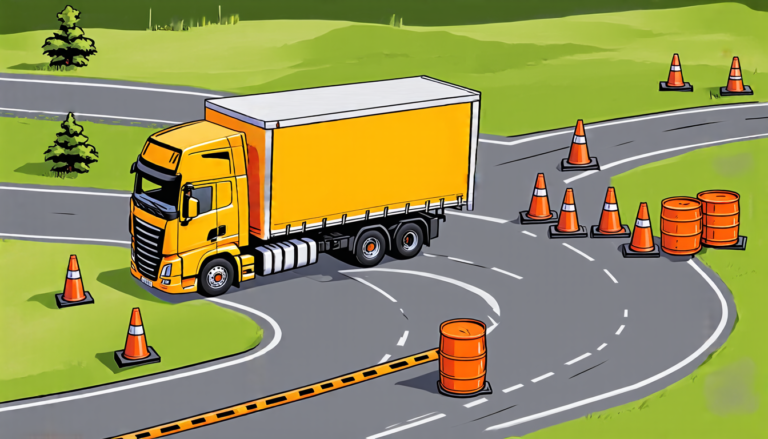Tuesday 04 March 2025
The ability of autonomous robots to explore their surroundings is crucial for a wide range of applications, from search and rescue missions to environmental monitoring. However, this process can be slow and inefficient when relying solely on traditional methods that use 3D maps to identify optimal exploration paths.
A team of researchers has developed a new system that leverages the power of artificial intelligence to enable autonomous robots to explore their surroundings more efficiently. The system, called FrontierNet, uses a combination of visual and geometric information from images to detect frontiers – areas where the robot needs to move to gather more information about its environment.
FrontierNet is trained on a large dataset of images taken from various environments, including indoor and outdoor scenes with different lighting conditions and object arrangements. The system learns to identify patterns in these images that indicate the presence of frontiers, allowing it to detect them quickly and accurately even in complex environments.
The FrontierNet system consists of two main components: a frontier detection module and an exploration planner. The detection module uses convolutional neural networks (CNNs) to analyze images taken by the robot’s camera and identify potential frontiers. The exploration planner then uses this information to determine the best path for the robot to take in order to gather more information about its environment.
One of the key advantages of FrontierNet is its ability to operate without requiring a 3D map of the environment. This makes it more suitable for use in environments where creating a 3D map would be difficult or impractical, such as in search and rescue missions or when exploring unknown territories.
The system has been tested in simulations and real-world experiments, with promising results. In one experiment, FrontierNet was able to explore a complex environment more efficiently than traditional methods, allowing the robot to gather more information about its surroundings in less time.
In addition to its potential applications in robotics, FrontierNet could also be used in other areas where autonomous exploration is important, such as in environmental monitoring or agriculture. The system’s ability to operate without requiring a 3D map makes it particularly well-suited for use in environments where creating a 3D map would be difficult or impractical.
Overall, FrontierNet represents an exciting development in the field of autonomous robotics, offering new possibilities for efficient and effective exploration of complex environments.
Cite this article: “Efficient Exploration with Autonomous Robots Using FrontierNet”, The Science Archive, 2025.
Artificial Intelligence, Autonomous Robots, Frontier Detection, Exploration Planning, Convolutional Neural Networks, 3D Mapping, Environmental Monitoring, Search And Rescue, Agriculture, Robotics







